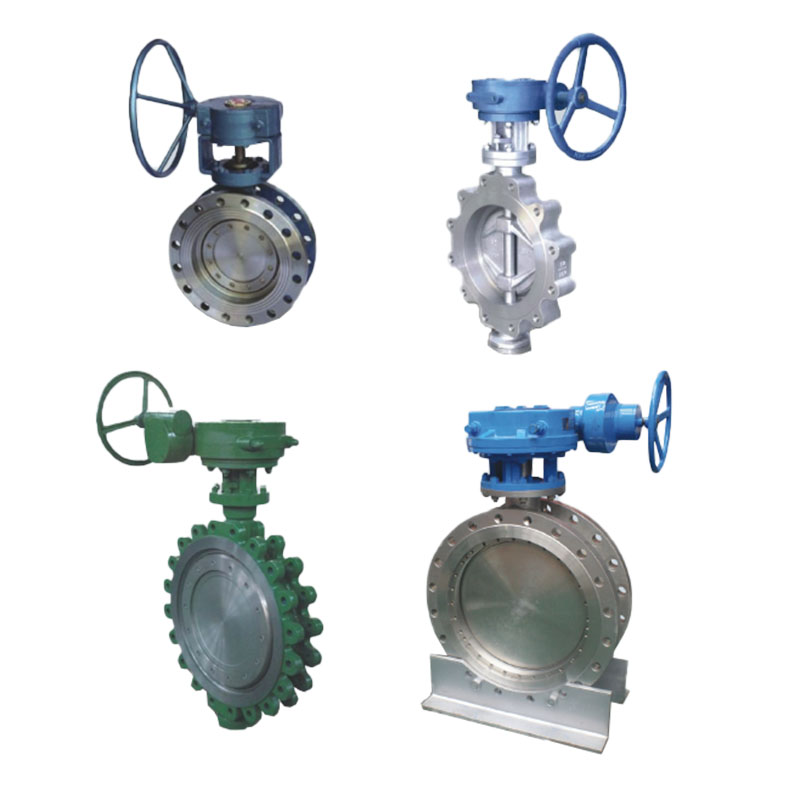Zhejiang Shunlin Valve Co., Ltd. is China Flange Valve Manufacturers, we are design and manufactures API standard valves (globe valves, gate valves, check valves, ball valves).
The Difference Between Forged Steel Valve And Cast Valve Process
For casting and forging, each process has its own advantages. Some projects prefer one method. And the other is more suitable for other people. Below we list the main differences between the cast valve process and the forged steel valve process:
1. Strength difference:
Cast materials are low-strength because they are poured into a cavity, allowing the material to form freely.
Forged material is stronger. Because they have a well-defined grain structure, they are extruded by force, increasing their mechanical strength.
2. Suitable for hollow shapes
Casting is generally preferred for producing materials containing hollow spaces or cavities.
Forging excludes cavities and porosity from its composition.
3. Different uniformity:
Casting materials are not always homogeneous.
Forged materials can be made to have a consistent shape and maintain structural consistency.
4. Size restrictions:
Casting does not have any size or shape restrictions. Because all materials are melted before they are formed.
Materials weighing up to 50 kg can be forged. Higher power is required if the material to be forged weighs more than 50 kg. In this case, casting would be the alternative.
5. Complexity
Casting can produce complex patterns and shapes. Forging is more focused on producing a uniform and simple materials.
6, the cost is different:
Foundry uses relatively inexpensive equipment. Machines used for forging, such as heavy industrial dies, are more expensive.
This is a research paper in which researchers at the University of Toledo compared the differences between a product produced in two ways. The following conclusions are listed:
• Tensile strength of forgings is 26% higher than that of castings.
• The fatigue strength of forgings is 37% higher than that of castings.
• The yield strength of cast iron is only 66% of that of forged steel.
• Forgings have a 58% reduction in area when pulled to failure. The area of the casting was reduced by 6%.
Shunlin is a professional valve parts manufacturer, if you want to know more professional information, please keep following us.

 English
English 中文简体
中文简体 русский
русский







